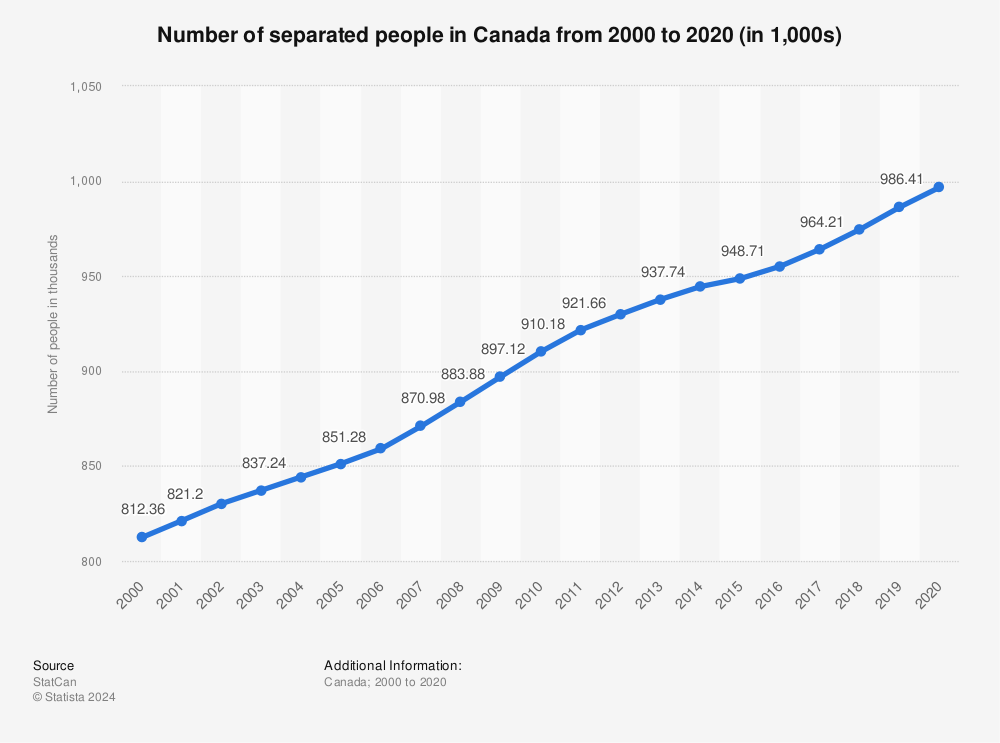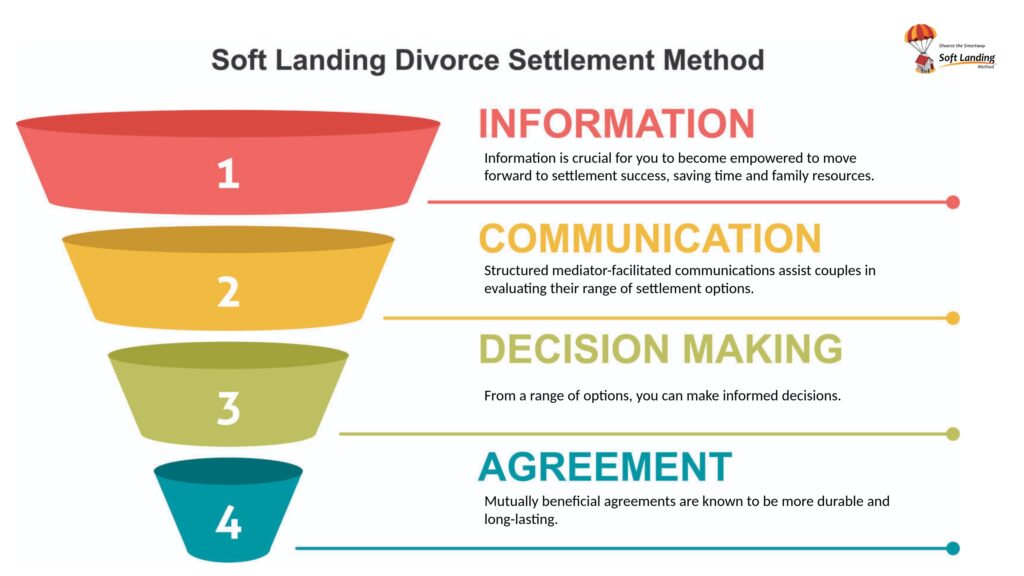When the Statistics of Divorce in Canada Apply to You -DTSW can help

Top Reasons for Divorce in Canada
COVID-19 pandemic put a sharp stop to daily life
Silver Divorce and Canada’s Divorce Statistics
Canadian divorce rates have remained relatively stable over the past decade, showing a slight downward trend since 2019
Statistics show that Canada’s divorce rate has maintained a fairly consistent pattern, hovering around 38% in recent years. The COVID-19 pandemic initially sparked concerns about increased divorces, but data indicates a more nuanced reality. Several factors influence these stable rates:
- The average age of first marriages has increased to 30+ years, leading to more mature relationship decisions
- More couples are choosing common-law relationships before or instead of marriage
- Enhanced access to pre-marriage counselling and relationship support services
- Growing acceptance of trial separations and marriage counselling before pursuing divorce
While metropolitan areas like Toronto and Vancouver show slightly higher rates, overall national trends suggest Canadian marriages are becoming more stable, not less.
The average marriage in Canada lasts 14 years before ending in divorce
According to recent statistics, Canadian marriages that end in divorce typically last around 14 years before couples formally separate. This duration has remained relatively stable over the past decade, though various factors can influence marriage length:
- Age at marriage – couples who marry later tend to have longer-lasting marriages
- Education level and income stability play significant roles in marriage duration
- First marriages generally last longer than subsequent marriages
- Regional differences exist across provinces and territories
It’s worth noting that approximately 38% of Canadian marriages end in divorce before reaching their 30th anniversary, with most divorces occurring between the 10- and 20-year mark.
Statistics Canada is the authoritative source for Canadian divorce statistics and data
The most reliable divorce statistics for Canada are available through Statistics Canada (StatCan), the national statistical office. This government agency collects, analyzes and publishes detailed demographic data, including comprehensive information about marriage and divorce trends across the country.
- Access current and historical divorce rates
- View provincial and territorial breakdowns
- Find detailed demographic analysis and trends
- Download official statistical reports and tables
- Access both annual and census-based divorce data
For the most accurate research, visit the Statistics Canada website’s demographic statistics section, where data is regularly updated and available in both English and French. The information is free to access and includes downloadable datasets for academic and professional use.
Canada’s current divorce rate is 38% of marriages before their 30th anniversary
According to recent statistics, 38% of Canadian marriages end in divorce before reaching their 30-year milestone. This rate has remained relatively stable over the past decade, though it represents a significant decrease from peak divorce rates in the 1980s following the introduction of the Divorce Act in 1968.
Several factors influence modern Canadian divorce rates:
- Couples are marrying later in life, often leading to more stable unions
- More couples choose common-law relationships before or instead of marriage
- Increased financial independence of both partners
- Better access to marriage counselling and support services
Why Are Canadian Divorce Statistics Important to you?
Individuals going through a separation might be interested in divorce statistics for various reasons. Here are few:
Divorce statistics can offer separating individuals a better understanding of their situation within a broader societal context, help in their preparation and decision-making, and provide some comfort through a challenging life even
- Divorce rates in Canada falling because Canadians simply…
- Canada’s divorce rate is the lowest in 50 years, but fewer…
- A fifty-year look at divorces in Canada, 1970 to 2020
- Findings
- Selected Statistics on Canadian Families and Family Law
- Number of divorces and divorce indicators
- Divorce in Canada: A Tale of Two Trends
- Justin Trudeau’s separates among declining divorce rate
- How has Canada’s divorce rate been changing over time?
- ‘Grey divorce’ getting more prevalent in Canada. Why it’s a…
- Divorce Rate and Other Stats for Alberta and BC Vs…
- Number of divorced people in Canada 2000-2022
- Number of persons who divorced in a given year and divorce…
- How have divorce rates changed in Canada?
- Divorce rates in Canada falling because Canadians simply…
- Statistics Canada – Open Government Portal
Ken Maynard CDFA, Acc.FM
I assist intelligent and successful couples in navigating the Divorce Industrial Complex by crafting rapid, custom separation agreements that pave the way for a smooth transition towards a secure future. This efficient process is achieved in about four meetings, effectively sidestepping the excessive conflicts, confusion, and costs commonly linked to legal proceedings. Clients have the flexibility to collaborate with me either via video conference or in-person through a DTSW associate at any of our six Greater Toronto mediation centers, located in Aurora, Barrie, North York, Vaughan, Mississauga, and Scarborough.


















































